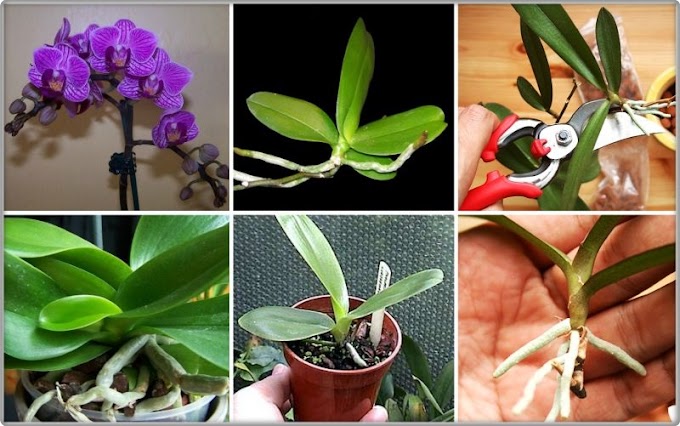Conophytum bilobum is a robust groundcover succulent plant, stemless or with short stems with time. Paired leaves are up to 3 inches (7.5 cm) tall and up to 1.2 inches (3 cm) wide. The leaf-tips (lobes) are free, up to 0.4 inch (1 cm) long and triangular in shape. Flowers are red-orange to bright yellow up and to 1.2 inches (3 cm) in diameter. The flowers are autumnal (rarely in summer) and diurnal.
In this article we will review all the characteristics and care that plants of the genus Conophytum need so you can enjoy them in your garden.
- Scientific Name: Conophytum bilobum (Marloth)
- Common Names: Living Pebble
- Synonyms: Mesembryanthemum bilobum (basionym), Conophytum elishae, Conophytum meyerae, Mesembryanthemum elishae
- Family: Aizoaceae
- Subfamily: Ruschioideae
- Tribe: Ruschieae
- Genus: Conophytum
Hardiness:
USDA hardiness zones 10b to 11b: from 35 °F (+1.7 °C) to 50 °F (+10 °C).
 |
| source: Yandex.ru |
How to Grow and Care
Conophytums are usually grown in dish gardens where they spread slowly but make good ornamental plants for window gardening. They also do well in rockeries where they can be grown in crevices. The Conophytum vegetate during the winter season.
They must then be kept dry during hot, gradually wet upon autumn arrival: the moisture stimulate the release of new root hairs and the plant will grow for the entire winter season, foliar issuing new pairs from inside the existing ones. Flowering usually occurs in autumn and the color of the flowers is extremely variable from species to species.
The cultivation is quite easy, but care must be taken to avoid excess water and to prevent rot: the plants themselves communicate their water needing with a slight wrinkling of the epidermis. They do not particularly fear the cold weather and can resist also at temperatures of 23°F (-5°C), as long as the soil is completely dry and the temperature returns rapidly to rise...- Learn more at HOW TO GROW AND CARE Conophytum
They must then be kept dry during hot, gradually wet upon autumn arrival: the moisture stimulate the release of new root hairs and the plant will grow for the entire winter season, foliar issuing new pairs from inside the existing ones. Flowering usually occurs in autumn and the color of the flowers is extremely variable from species to species.
The cultivation is quite easy, but care must be taken to avoid excess water and to prevent rot: the plants themselves communicate their water needing with a slight wrinkling of the epidermis. They do not particularly fear the cold weather and can resist also at temperatures of 23°F (-5°C), as long as the soil is completely dry and the temperature returns rapidly to rise...- Learn more at HOW TO GROW AND CARE Conophytum
Links: Back to genus Conophytum
SUCCULENT PLANTS : Browse succulents by Scientific Name, Common Name, Genus, Family, USDA Hardiness Zone, Origin, or cacti by Genus
SUCCULENT PLANTS : Browse succulents by Scientific Name, Common Name, Genus, Family, USDA Hardiness Zone, Origin, or cacti by Genus



